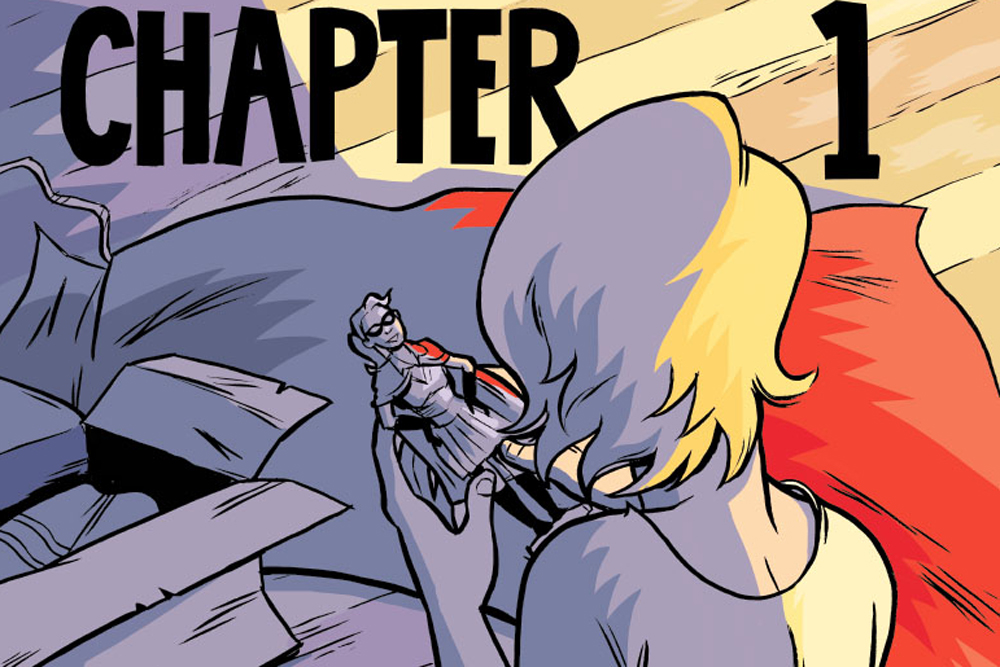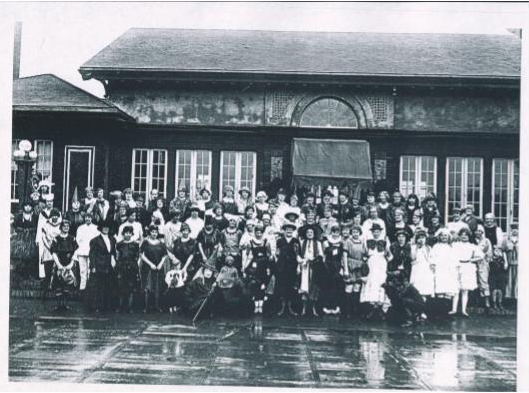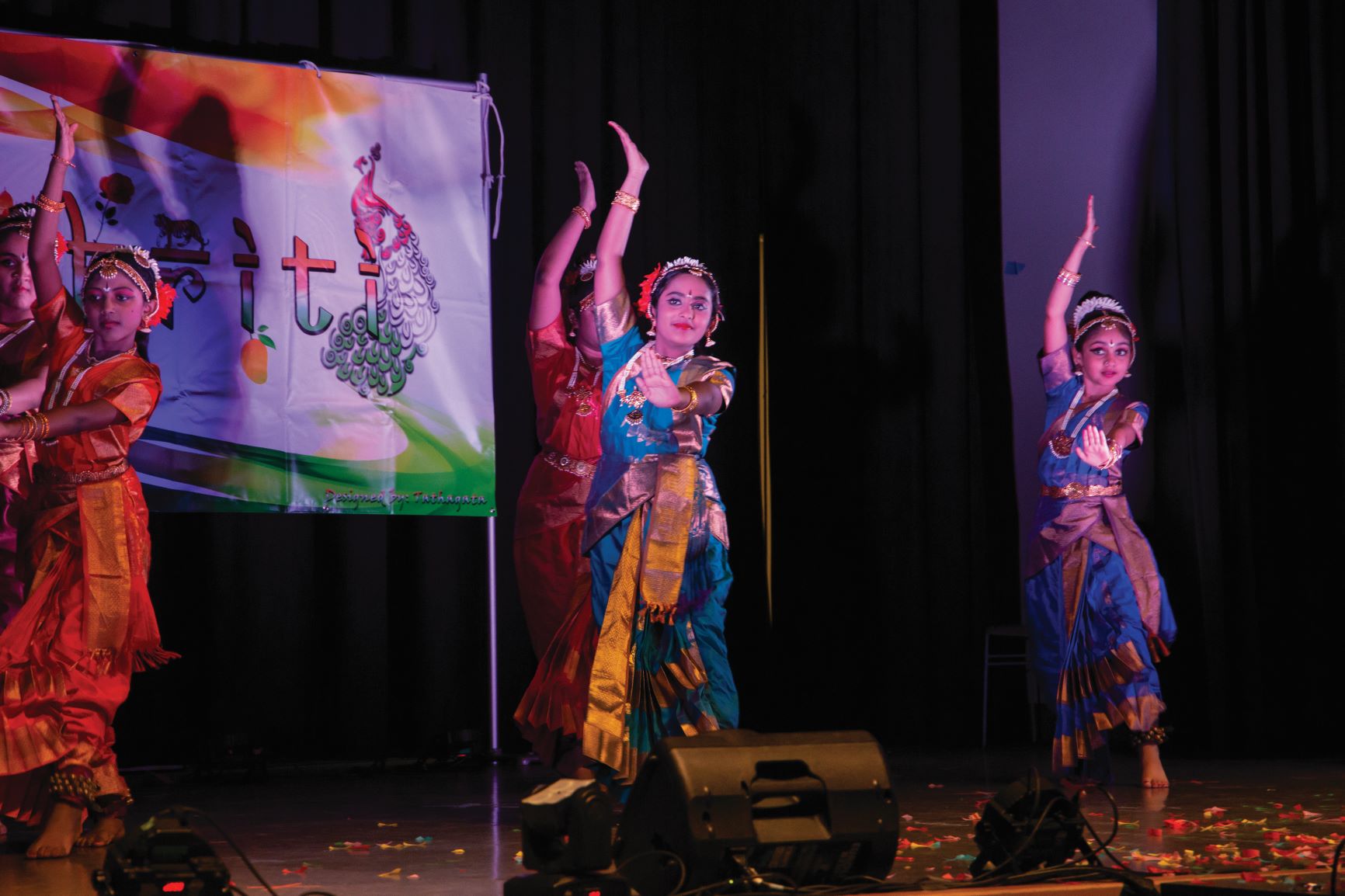Doctor Jeffrey Alexander of the University of Wisconsin-Parkside held a lecture on Jan. 15 entitled “Brewed in Japan,” about the beer industry in Japan. The talk was arranged by the Center for Japanese Studies.
From the crowd that attended, many were familiar with the topic and alluded to obscure Japanese beers like some can allude to alternative bands. The Consulate-General of Japan was also in attendance, and the lecture was sponsored by the Japan-America Society of Oregon, Sapporo USA and Rogue Ales.
Alexander began with a brief history of breweries in Japan, starting with Norwegian-American brewer William Copeland who founded his first brewery in Yokohama in 1869. It wasn’t until 1907 that Copeland started the Kirin Brewery Company, one of Japan’s largest brewing companies.
Alexander pointed out that few realize the expansive history behind the Kirin empire. Kirin received the first issued license plate in Japan for one of its delivery trucks, with the single number one, and continues to pay for the rights for holding the number even though the truck has long since been destroyed.
All of the brewing and factory machinery was supplied by the United States and Europe, especially Germany. The Japanese were very particular about creating and selling their beer as a foreign product, so they relied heavily on traditional beer-making customs.
“Everything about it is done to code, done according to the Reinheitsgebot, the German purity law of 1516 that requires the beer to be made with a certain recipe, in a certain fashion and nothing could be violated,” Alexander said.
All of the yeast, hops and malts needed to be imported from Germany.
The Japanese today are now starting to question if they can consider their beer a domestic product instead of a Western tradition.
“Can it be, after many generations of brewing, a Japanese product? We don’t have an existential crisis when we’re eating toast and wondering if it’s an American product,” Alexander said.
Into the early 20th century, breweries started popping up in places like Sapporo, where experimentation with bottle-making was heavy. Unfortunately, most breweries were left in utter ruin after the Kanto earthquake in 1923.
The damage at the Kirin finishing plant was extensive. “So extensive that in this case the storage tanks and kegs inside the plant…were all smashed open and flooded into the surrounding breweries and very nearly drowned people,” Alexander said.
While the devastation was costly, it was also an opportunity to rebuild larger factories with new American technology. After the earthquake, sterilization and pasteurizatiovn became popular methods of keeping beer fresh for longer periods of time.
Advertising was an important part of the beer industry during the pre-war period, with posters depicting women as traditional beauties, cute images of springtime and Western dancers or flappers.
Of course, women did not drink beer and the posters were purely there to sell to men. During this time beer had a much more dramatic and bitter taste, so women in Japan more often drank various cocktails and liquors.
During World War II the brewing industry changed dramatically, and not just in Japan. Specialty brands disappeared and a generic tasting, more neutral-flavored beer was introduced to the market.
“There were many threads of significance to [Dr.] Alexander’s presentation, but one that I would stress, in this day of globalization, is the theme of hybridity,” said Ken Ruoff, director for the Center for Japanese Studies. “Beer enters Japan in the mid 19th century and remains something of a foreign curiosity for most Japanese until after World War II.”
Families still had access to alcoholic beverages through 1945 because barley was considered a grade-B foodstuff. Rice, on the other hand, was considered grade-A, and the sake market suffered tremendously due to high demand in a time of reduced resources. At this time, people also argued the health benefits of beer.
“It would provide calories, it would provide nutrients and it would provide basic nutrition. That’s what I tell my wife,” Alexander said.
In today’s market, what we consider to be true beer is actually not selling as well as others in Japan. The Ministry of Finance controls the beer cartels, and taxes heavily. They originally taxed everything as beer that contained at least 67 percent malts, but after companies started selling products with 65 percent they lowered it to taxed beer containing 50–65 percent malts.
Still, companies sunk lower and introduced cheaper, sub 25 percent malts that are very popular within Japanese society. Some brewers have even replaced malts with fermented soy beans or peas.
The true 100 percent malt beers are now seen as a luxury and status item. Craft beer is something that has been introduced to the Japanese market, but so far makes up a very small percentage of beer revenue because the main brewers like Kirin and Asahi own the shelf space.






